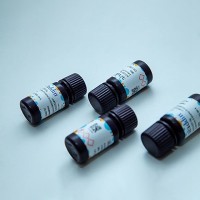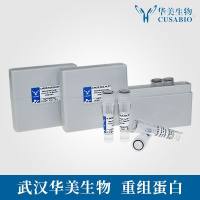Genomic imbalances in locus copy-number are highly significant for the diagnosis and prognosis of cancer. Rapidly progressing DNA microarray technologies detect such pathogenic copy-number changes in the genome with high throughput, efficiency, and resolution. A variety of different microarray-based approaches have emerged, with array comparative genomic hybridization (array-CGH) being the method of choice in current clinical practice. Here we describe an alternative microarray-based technique called array-MAPH, derived from conventional Multiplex Amplifiable Probe Hybridization (MAPH).
The main novelty of array-MAPH is the directed reduction of test DNA complexity prior to hybridization, yielding a mixture of specific probes, identical to target sequences on the microarray and thus increasing hybridization specificity. Unique amplifiable 400–600 bp fragments can be designed for any genomic region of interest, PCR-amplified, and spotted onto arrays as targets. The same sequences are combined into a probe mixture and hybridized to genomic DNA immobilized on a membrane. Bound probes are recovered by quantitative PCR and hybridized to the array. Array-MAPH can be used for the detection of small-scale copy-number changes, thereby providing new insights into the genetic basis of several diseases, including cancer.






